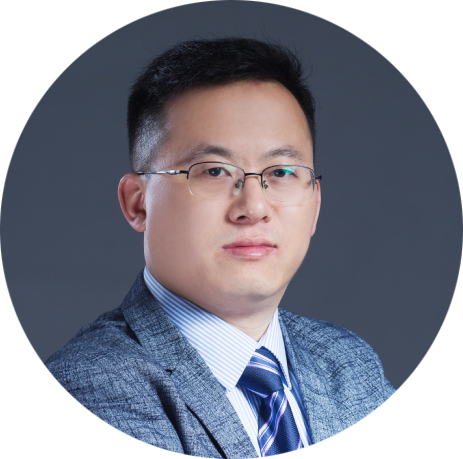JRMGE / Vol 14 / Issue 6
Theoretical verification of the rationality of strain energy storage index as rockburst criterion based on linear energy storage law
Fengqiang Gong, Song Luo, Quan Jiang, Lei Xu
Show More
a Engineering Research Center of Safety and Protection of Explosion and Impact of Ministry of Education (ERCSPEIME), Southeast University, Nanjing, 211189, China b School of Civil Engineering, Southeast University, Nanjing, 211189, China
c School of Resources and Safety Engineering, Central South University, Changsha, 410083, China
d State Key Laboratory of Geomechanics and Geotechnical Engineering, Institute of Rock and Soil Mechanics, Chinese Academy of Sciences, Wuhan, 430071, China
2022, 14(6): 1737-1746. doi:10.1016/j.jrmge.2021.12.015
Received: 2021-07-08 / Revised: 2021-09-12 / Accepted: 2021-12-02 / Available online: 2022-01-25
2022, 14(6): 1737-1746.
doi:10.1016/j.jrmge.2021.12.015
Received: 2021-07-08
Revised: 2021-09-12
Accepted: 2021-12-02
Available online: 2022-01-25
The rationality of using strain energy storage index (Wet) for evaluating rockburst proneness was theoretically verified based on linear energy storage (LES) law in this study. The LES law is defined as the linear relationship between the elastic strain energy stored inside the solid material and the input strain energy during loading. It is used to determine the elastic strain energy and dissipated strain energy of rock specimens at various loading/unloading stress levels. The results showed that the Wet value obtained from experiments was close to the corresponding theoretical one from the LES law. Furthermore, with an increase in the loading/unloading stress level, the ratio of elastic strain energy to dissipated strain energy converged to the peak-strength strain energy storage index (Wetp). This index is stable and can better reflect the relative magnitudes of the stored energy and the dissipated energy of rocks at the whole pre-peak stage than the strain energy storage index. The peak-strength strain energy storage index can replace the conventional strain energy storage index as a new index for evaluating rockburst proneness.
Keywords: Rockburst criterion, Strain energy storage index, Linear energy storage (LES) law, Peak-strength strain energy storage index
Article Data
Author(s) Information
Prof. Fengqiang Gong
fengqiangg@126.com
gongfengqiang@seu.edu.cn

Fengqiang Gong obtained his BSc and MSc degrees from Central South University (CSU), China, and PhD degree from CSU and Swiss Federal Institute of Technology in Lausanne (EPFL). He is a professor in the School of Civil Engineering at Southeast University (SEU), a part-time professor at Hunan University of Science and Technology, and a guest professor at International Joint Research Laboratory of Henan Province for Underground Space Development and Disaster Prevention, China. His current research interests include failure mechanism of rockburst (coal burst) and spalling, rock energy storage law and application, rock dynamics, strength-weakening mechanism of deep rock, and damage constitutive model. He is a member of the International Society for Rock Mechanics and Rock Engineering (ISRM) and International Association for Engineering Geology and the Environment (IAEG), the Vice Chairman of Professional Committee of Rock Breaking Engineering and Deputy Secretary General of Professional Committee of Rock Dynamics of Chinese Society for Rock Mechanics and Engineering (CSRME). He was invited to give a plenary lecture at the 11th “Tjongkie Tan Lecture“ – the highest academic forum of rock mechanics and Engineering in China, and also won the “Tjongkie Tan Award” for 2020 outstanding paper in Chinese Journal of Rock Mechanics and Engineering in 2021. He was selected as an Elsevier 2020, 2021 Most Cited Chinese Researchers and the world's top 2% scientists (single year impact) from 2020 to 2022 by Stanford University. He is a member of the editorial boards of Chinese Journal of Rock Mechanics and Engineering, Journal of Engineering Geology and Journal of Mining and Strata Control Engineering.

